Ever had that late-night itch for a cinematic scare, only to find yourself tired of the same old slashers and ghost stories? Enter J-Horror, the dazzling (and terrifying) world of Japanese horror. Filled with vengeful spirits, hair-raising urban legends, and a unique cultural zest, J-Horror has secured its spine-chilling reputation on a global scale.
If you’re not quite up-to-speed with terms like ‘Yūrei’* or haven’t been thoroughly traumatized by a cursed videotape yet, you’re in for a treat! We’re about to embark on a roller coaster ride of the very best Japanese Horror (or ‘J-Horror’ for those in the know) that promises more thrills than a Tokyo karaoke night gone awry. So grab your safety blanket; it’s about to get eerily entertaining!
*Yūrei (幽霊): spirits or ghosts in Japanese folklore, often likened to Western notions of restless ghosts. Characterized by white funeral garments, long unkempt black hair, and often associated with a specific emotion or grudge, Yūrei are spirits that have not moved on due to some form of earthly attachment or unfinished business. These ethereal entities feature prominently in J-Horror, tapping into deep-rooted cultural fears and superstitions.
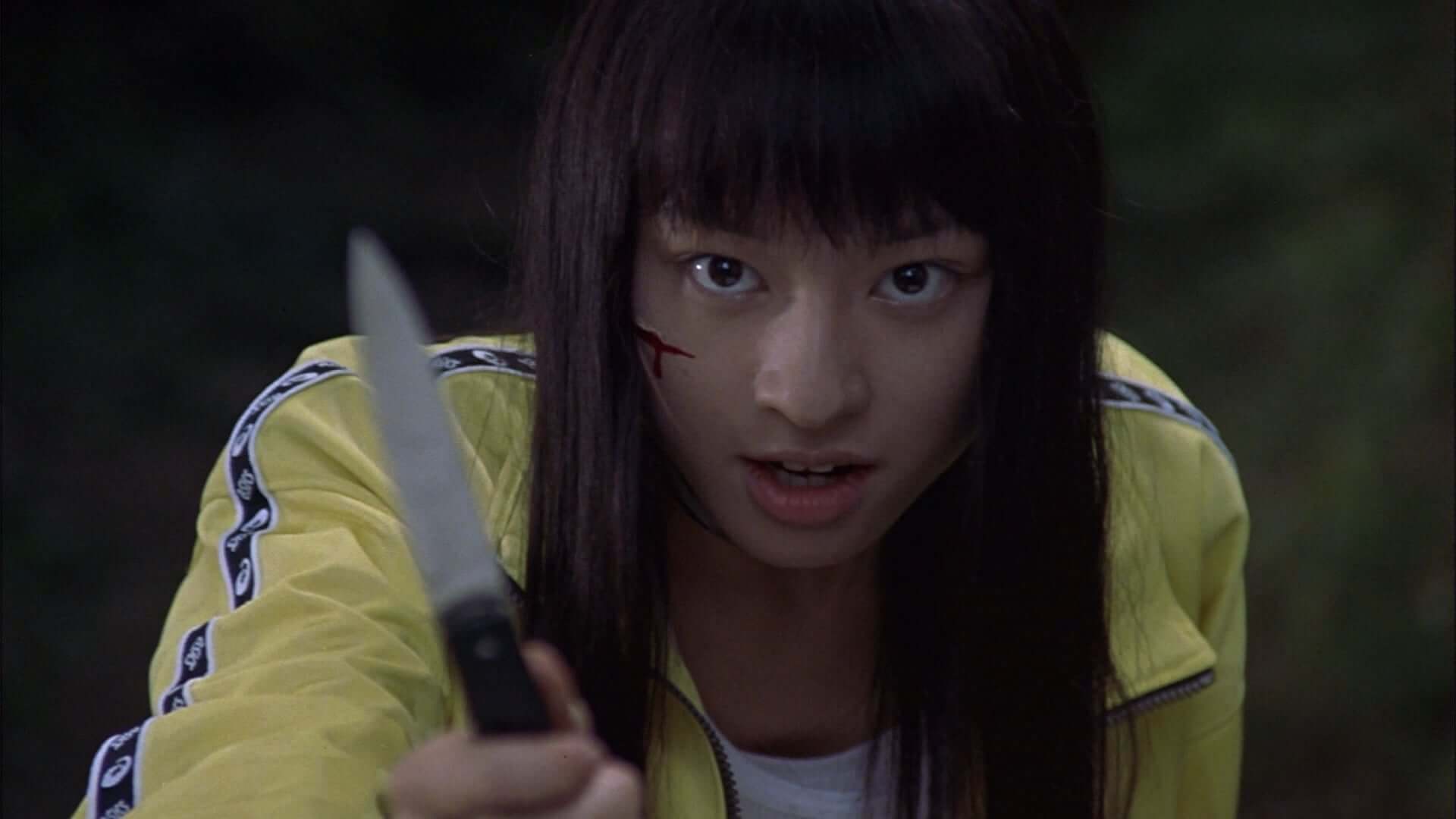
10. Battle Royale – バトル・ロワイアル (2000)
While not a traditional horror film, Battle Royale remains a cornerstone of Japanese cinema. In a dystopian future, a class of high school students is forced by the government to participate in a deadly game of survival. Directed by Kinji Fukasaku and based on the novel by Koushun Takami, this film combines social commentary, dark humor, and visceral violence to create a cinematic experience that’s both shocking and thought-provoking.
Where to Watch:
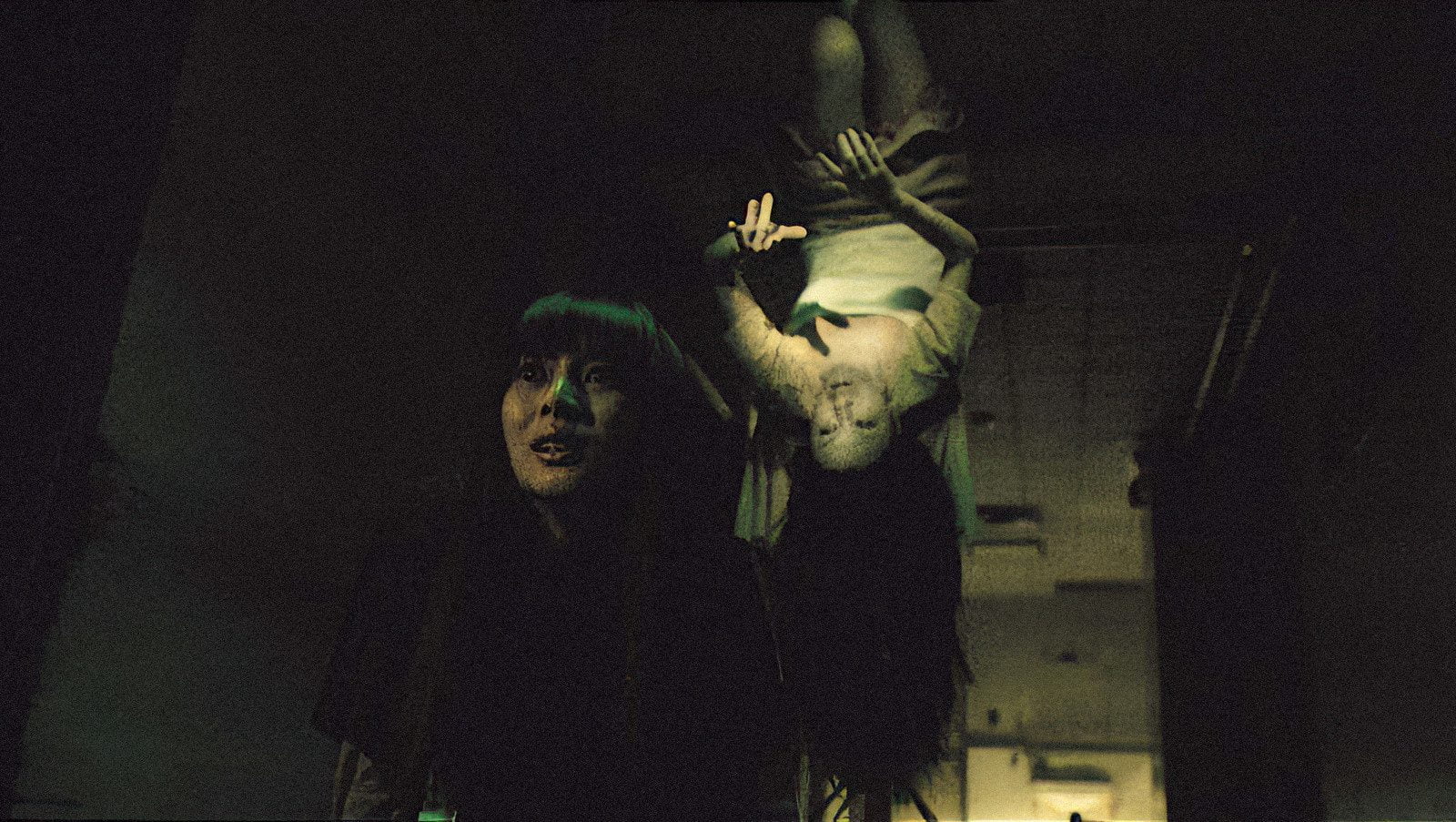
9. One Missed Call – 着信アリ (2003)
Takashi Miike’s One Missed Call is a film that taps into the era’s burgeoning cellphone culture. When people receive voicemails from their future selves predicting their own deaths, a race against time ensues to unravel the mystery. Merging technological anxiety with vengeful spirits, One Missed Call is both a product of its time and a timeless J-Horror classic.
Where to Watch:
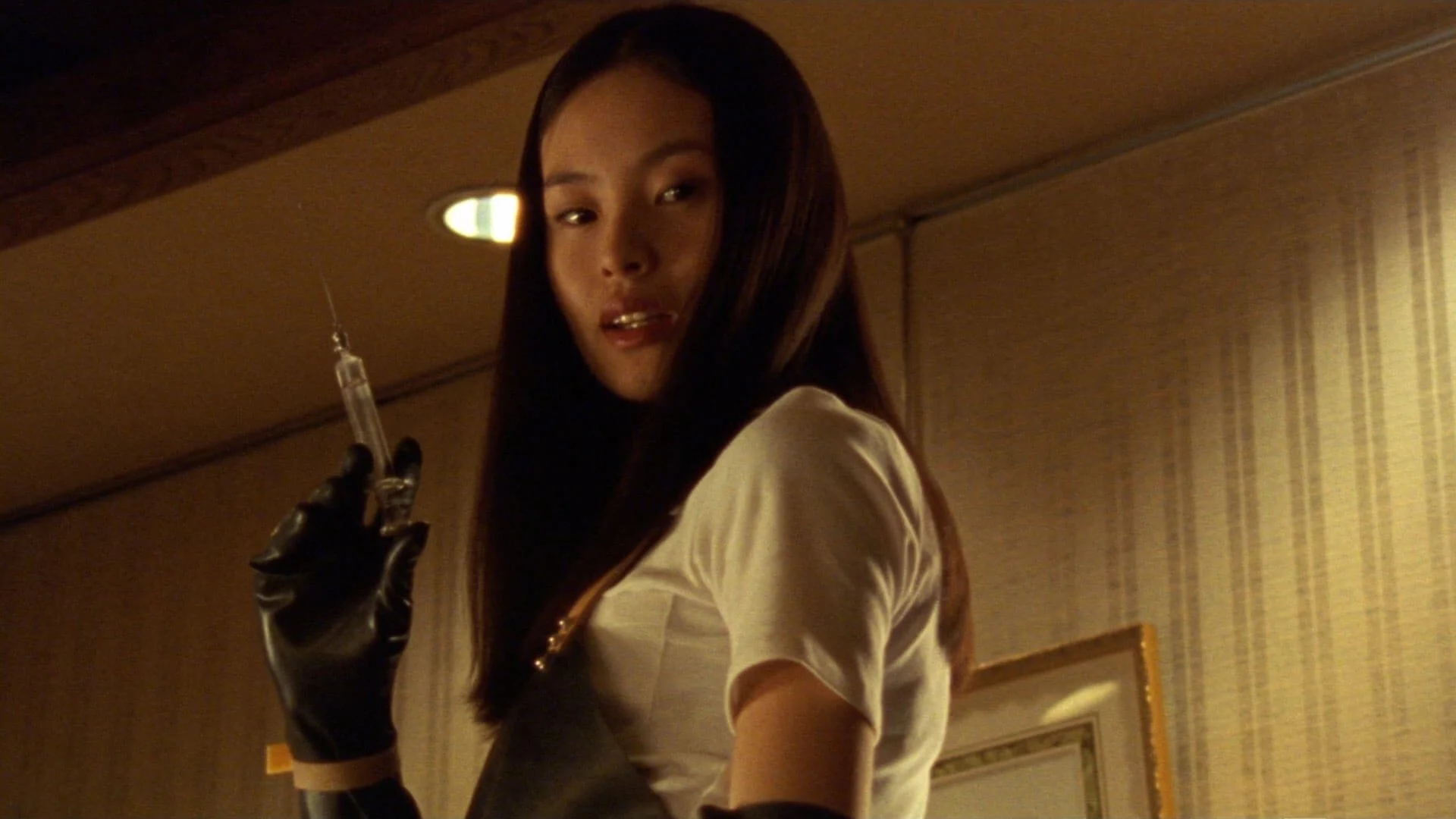
8. Audition – オーディション (1999)
Takashi Miike strikes again with Audition, a J-horror that starts as a melancholic romance and swiftly pivots into sheer terror. When a widower holds an audition to find a new wife, he becomes enamored with a mysterious woman, leading to a relationship that spirals into a nightmarish realm. Audition is a slow-burn that crescendos into a shocking finale, exemplifying Miike’s flair for the extreme and the unexpected.
Where to Watch:
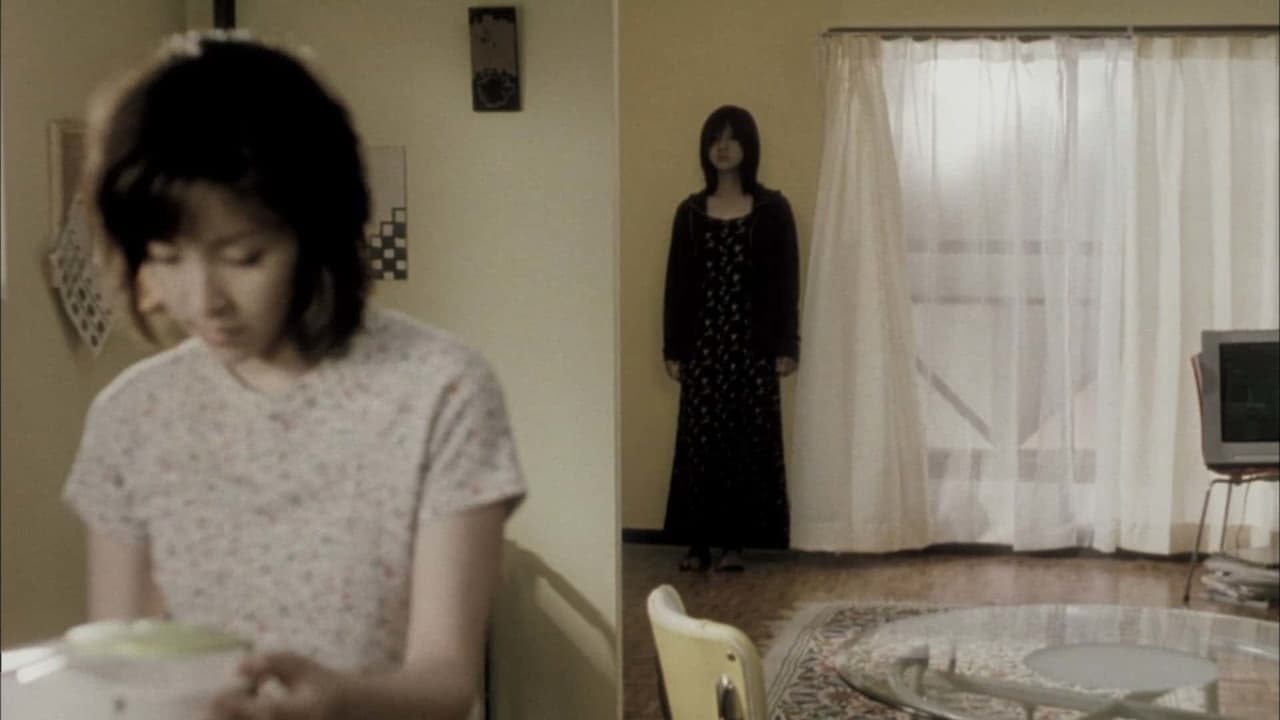
7. Pulse (Kairo) – 回路 (2001)
In Pulse, Kiyoshi Kurosawa paints a haunting portrait of urban isolation and the digital age. When Tokyo residents encounter a mysterious website promising a chance to communicate with the dead, they’re drawn into a ghostly realm from which there’s no return. The film’s melancholic tone, combined with its evocative imagery of shadows and specters, offers a poignant commentary on the loneliness of modern life.
Where to Watch:
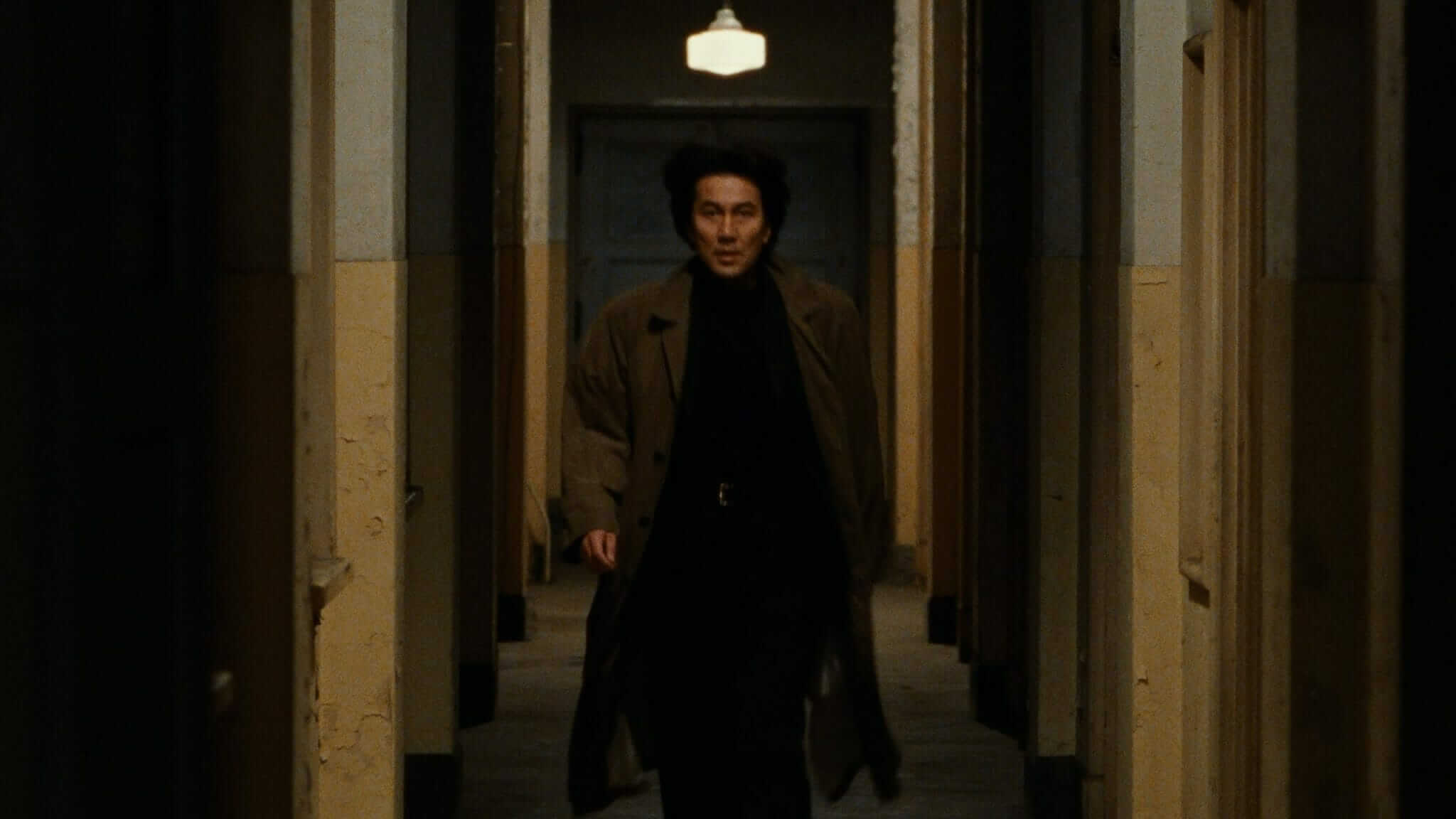
6. Cure – キュア (1997)
Kiyoshi Kurosawa again delivers J-Horror gold with Cure, a hypnotic, slow-burning psychological thriller. The narrative centers on a detective hunting a serial killer with a unique modus operandi: the perpetrator uses hypnosis to compel others to commit the murders. More than just a standard police procedural, Cure delves deep into the human psyche, exploring themes of identity and the dark recesses of the mind.
Where to Watch:





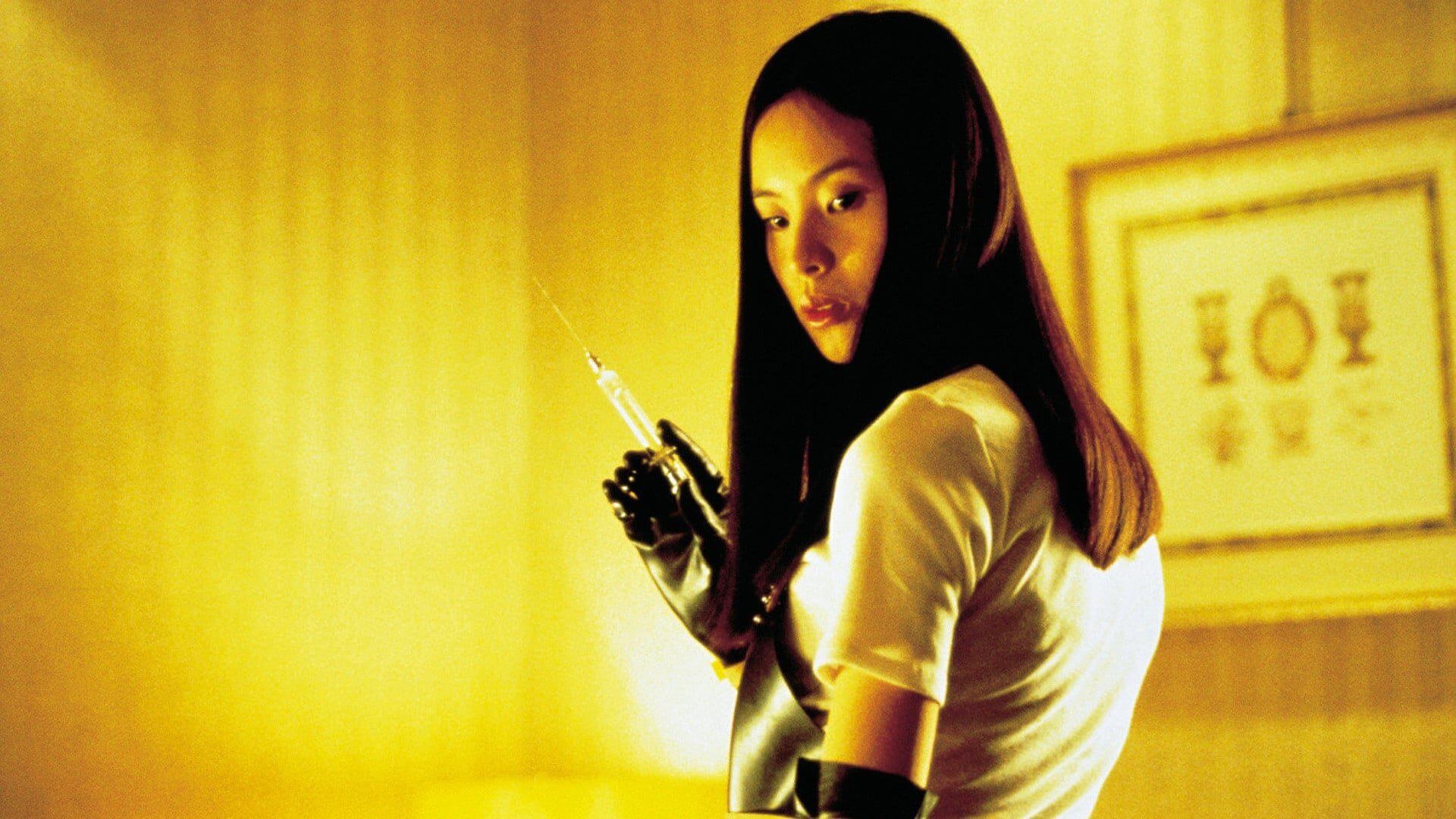
![Weapons 2025 Creepy Alex [Podcast] Top 10 Horror Movies of 2025 11 Weapons 2025 Creepy Alex](https://nofspodcast.com/wp-content/uploads/2025/08/Weapons-2025-Creepy-Alex-100x50.jpg)



